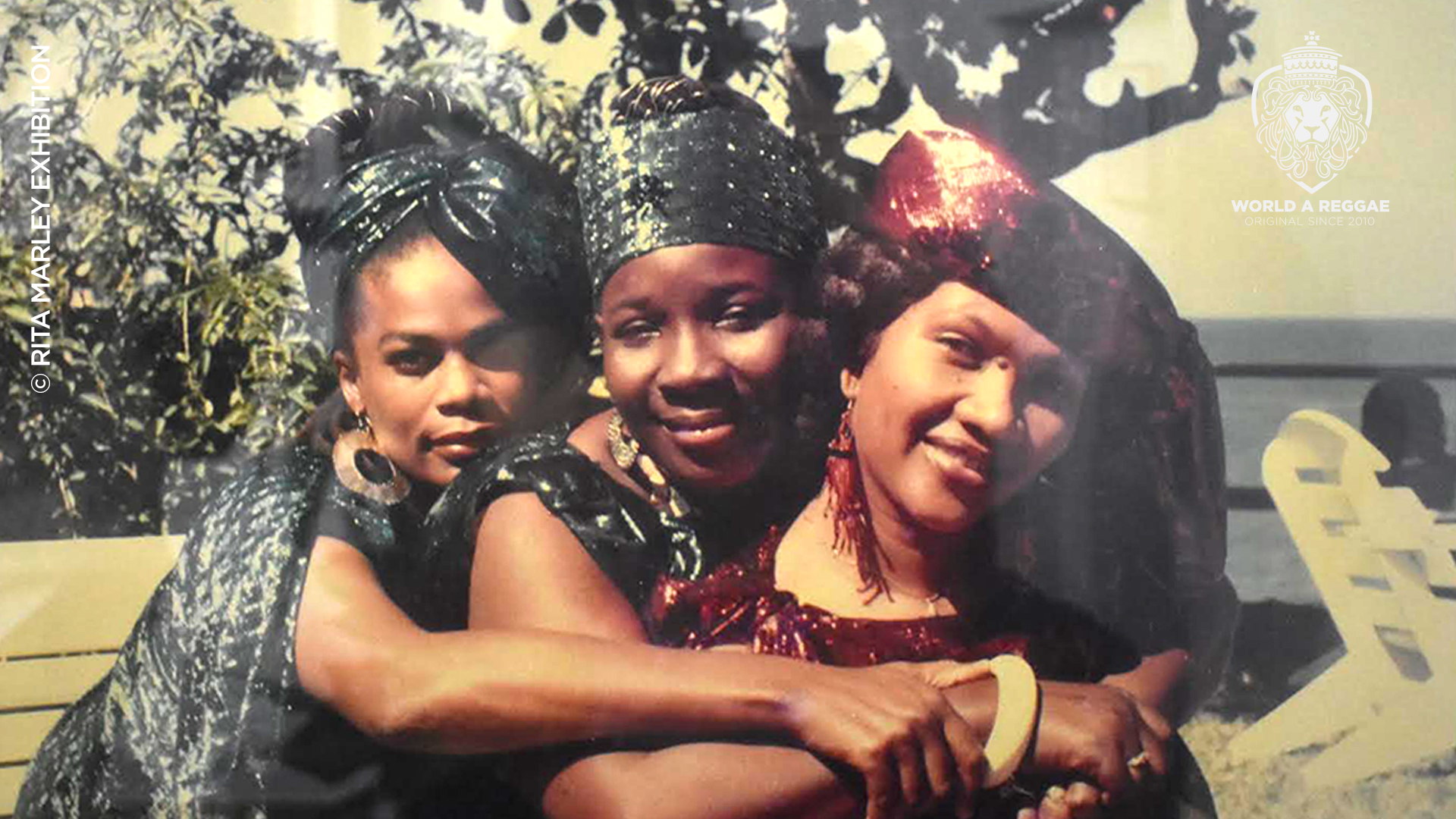56 Hope Road holds a special place in reggae history. When Bob Marley purchased the sprawling 19th Century property from Chris Blackwell, it allowed him to move uptown, crossing many symbolic and actual boundary lines in an epic journey that has made a lasting impact on the popular culture of Jamaica and the world at large.
This is the place where he would meet with members of the international press, play football with ‘enforcers’ from both sides of the political divide and cavort with various love interests; it was also the place where albums like Survival were crafted, as well as the site of an attempted assassination in 1976 which saw a bullet lodged in his arm and another grace the skull of Rita Marley, his confidant, backing vocalist, and long-suffering wife.

The opening of a permanent exhibition devoted to Rita Marley at 56 Hope Road feels extremely significant. The reggae realm is undeniably male-dominated, and there are many strong, forceful, and resilient women who played significant parts who have never been properly acknowledged. Being shown around the small but potent exhibition that occupies a couple of the rooms upstairs emphasized the point with great clarity; indeed, in the main exhibition space we see a recreation of the Wailers’ Record Shack on King Street, and of course it was Rita who used to deliver the records to shops on her bicycle back in the late 60s and early 70s. The exhibition devoted to Rita also makes clear that in addition to being Bob’s wife, Rita had a long a fruitful career as a recording artist in her own right, from the Soulettes days and through to the pop-reggae crossover solo hits of the early 1980s, and of course she nurtured and mentored the Melody Makers too; shots of her with a glint in her eye at work in a Tuff Gong office in the 1980s remind that she has also been an astute businesswoman.

The exhibition allows us to see first-hand some of the many awards she has received, including the Order of Jamaica, and there are scenes of charitable works in Ghana, reminding of her later philanthropic focus. Evocative portraits from the 1970s and 80s place her as a key member of the I-Three and a solo artist and reminds that she is a striking woman with a very dark complexion, the latter an additional layer of hindrance in the Eurocentric aftermath of post-colonial Jamaican society. There are some replicas of stage costumes and an early I- Three shot shows the natural camaraderie that existed between these great singers and there are press pics of Rita with Bono, but the more stunning portrait shows her with Barack and Michelle Obama, who reportedly came straight to 56 Hope Road for an unscheduled meeting, during their visit to Jamaica.
Stepping into what was formerly an ensuite bathroom, we are treated to more intimate portraits, including the famous wedding photo, a pensive Rita and son at Bob’s funeral, and some regal pics from her time in Ghana. The closeness of the space helps bring home the notion of importance, and imparts a sense of familiarity, making the experience more personal.

A short video has moving testimony from a range of artists and industry personnel who all attest to the important role Rita Marley played in their lives. Carlene Davis says she learned nearly everything from Rita; Bunny Lee speaks of her crucial role in the success of the Wailers; Clive Hunt, Dessie ‘Roots’ Young and Grub Cooper speak of her help in aiding their musical development and there is testimony from daughter Stephanie, stepson Julian, Dean Fraser, and Richie Spice, as well as Shane Brown, naming her as a mentor and mother figure. It all helps to paint a picture of someone who wore many hats in different settings, often behind the scenes.
Of course, Rita Marley has sometimes been a controversial figure, though the controversies are absent here, and a stroke she experienced in 2016 has affected her ability to communicate, taking her largely out of the public eye. Regardless of such aspects, a space devoted to Rita feels entirely appropriate at 56 Hope Road, bringing other layers to Bob Marley Museum. Staff has indicated that Rita’s permanent exhibition will change over time, with new material added and shifted to keep things fresh, ultimately making another reason for the Bob Marley Museum to be on the itinerary of any visitor to Jamaica.


